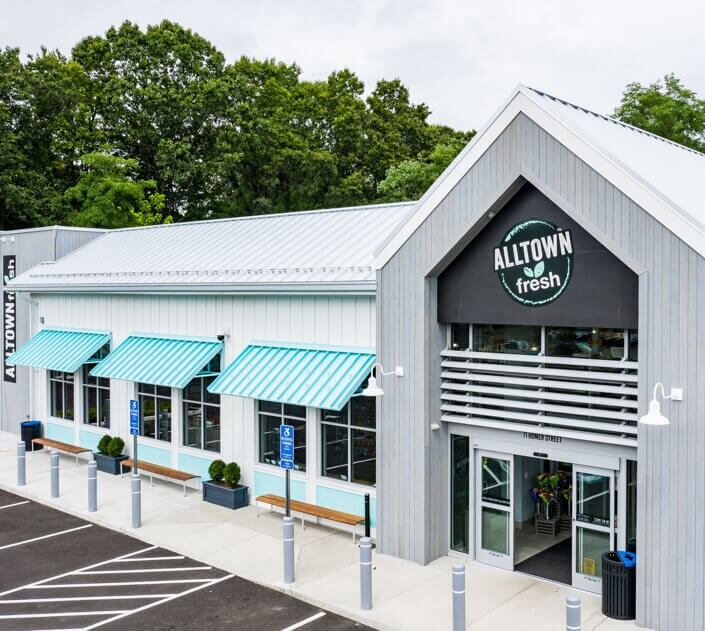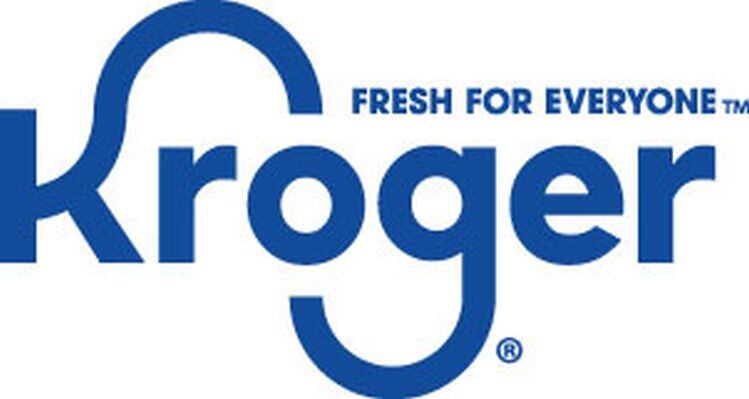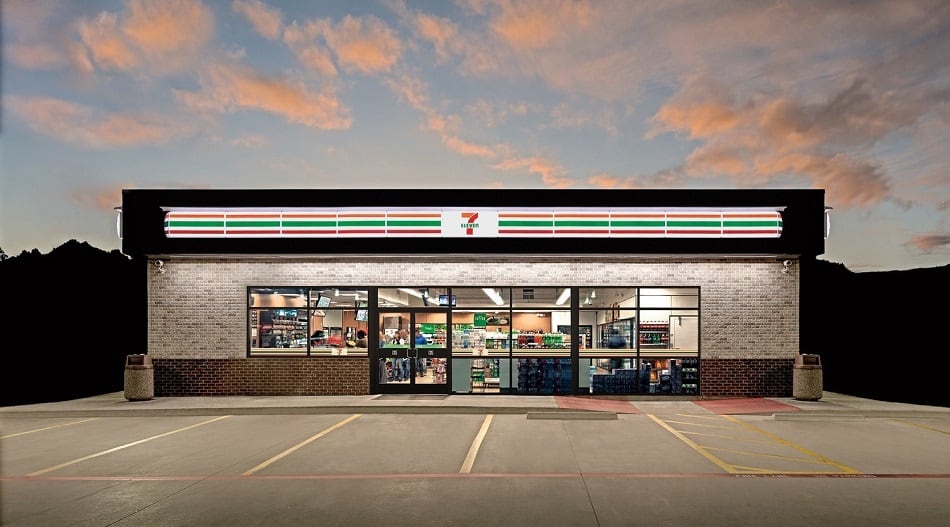The NACS Retailer Member survey was fielded in late March and closed April 1, 2020. A total of 105 member companies, representing 1,828 stores, participated in the survey.
While consumers typically turn to convenience stores for immediate consumption needs – 83% of all products sold at a store are consumed within an hour, according to NACS – c-stores are pivoting to provide more fresh items and products that can be brought home to consume as part of a meal.
According to the NACS survey, 31% of c-stores are emphasizing ready-to-heat meals and 28% are highlighting multi-pack/bulk items, and 52% are adding more cleaning/toiletry items to their store assortments.
7-Eleven, the largest c-store chain by number of store locations, announced that it would be adding 20,000 jobs throughout the company to meet the increased demand it’s experiencing due to COVID-19 pandemic.
Many other convenience retailers are adapting to the global health crisis by expanding delivery and curbside pick up options at their stores.
Alltown Fresh is now providing order-ahead and curbside pickup at all of its locations. The c-store retailer is also offering

delivery of fresh items (sandwiches, bowls, salads) through Grubhub as well as ‘Fresh Crates’ stocked with produce and meat from local vendors that can be picked up at its store locations.
Convenience stores have also scaled back foodservice operations and restaurant operations in light of the coronavirus epidemic. Two-thirds (66%) of convenience stores said they have closed public seating and dining areas, and 45% have removed customer access to self-serve foodservice (e.g. coffee, fountains drinks, bakery items, and roller grill items).
NACS noted: “It is important to note that these percentages reflect retailers who have made changes; many operators do not have dining areas, for instance.”
Even with the significant shift in products sold, nearly half (46%) of convenience retailers say their current distribution system is working and approximately one in five (18%) say the system is sufficient in handling increased volume sales.
Enhanced cleaning and social distancing protocols
Like many conventional grocery retailers, c-stores are implementing new programs to allow social distancing and enhance customer convenience: 14% are offering some sort of curbside pickup program, 13% have increased a focus on drive-thru, and 11% have added or increased delivery options.
Roughly two in three retailers (60%) say they have reduced store operating hours, due to less customer traffic or to deep clean and restock during overnight hours.
Overall, 99% of retailers surveyed say they have enhanced their cleaning protocols for high touch surfaces, with regular cleaning conducted as often as every 30 minutes.
Opportunity for convenience stores during coronavirus
“During a recession we’ve seen a greater impact on convenience and gas. A lot of it had been in the past correlated with gas prices which isn’t necessarily an issue right now,” said Joan Driggs, vice president, thought leadership, IRI, during a recent webinar.
In fact, convenience stores have a real opportunity to pivot their assortment of product to address current consumer shopping needs as they look for immediate and “easy options,” said Driggs.
Convenience stores also have an opportunity to fill consumers’ ‘quick trip’ shopping missions, which have increased in frequency by 26.1% for the last four weeks ending March 22 vs. the prior year.
“At this time, I think it really could emerge as a close-to-home option for consumers, particularly if some of these convenience stores can pivot some of their assortment to necessities and even fresh product because people want to stick closer to home so they’re going to be more willing to head to those convenience stores.”




